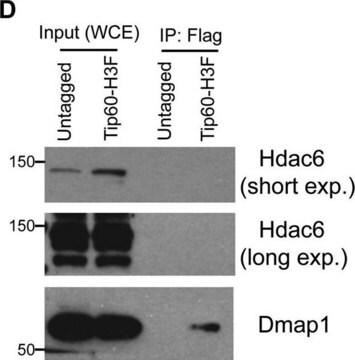270741
Reagent Alcohol
≥89.0% (GC), denatured, suitable for HPLC, contains 5% isopropyl alcohol as denaturant, 5% methyl alcohol as denaturant
동의어(들):
Ethanol, RGA, denatured alcohol
로그인조직 및 계약 가격 보기
모든 사진(2)
About This Item
CAS Number:
MDL number:
UNSPSC 코드:
12190000
PubChem Substance ID:
NACRES:
NA.21
Grade:
denatured
분석:
≥89.0% (GC)
기술:
HPLC: suitable
응용 분야:
food and beverages
bp:
78 °C
추천 제품
제품명
Reagent Alcohol, suitable for HPLC
Grade
denatured
Quality Level
vapor density
1.59 (vs air)
분석
≥89.0% (GC)
양식
liquid
포함
5% isopropyl alcohol as denaturant
5% methyl alcohol as denaturant
expl. lim.
3.1-27.7 %
기술
HPLC: suitable
불순물
≤0.10% water
증발 잔류물
<0.0005%
bp
78 °C
mp
-114 °C
λ
H2O reference
UV 흡수
λ: 205 nm Amax: 1.00
λ: 210 nm Amax: 0.65
λ: 220 nm Amax: 0.35
λ: 255 nm Amax: 0.04
λ: 300-400 nm Amax: 0.01
응용 분야
food and beverages
저장 온도
room temp
InChI
1S/C2H6O/c1-2-3/h3H,2H2,1H3
InChI key
LFQSCWFLJHTTHZ-UHFFFAOYSA-N
유사한 제품을 찾으십니까? 방문 제품 비교 안내
일반 설명
This solvent is glass distilled, submicron filtered and subjected to rigorous specification testing to provide lot-to-lot consistency.
애플리케이션
Designed for use with HPLC instrumentation and organic synthesis applications.
성분
95 parts of specially denatured ethyl alcohol 3A, 200 proof, with 5 parts of isopropyl alcohol. Final concentrations are ~ 90% ethanol, ~ 5% methanol and ~ 5% isopropanol.
신호어
Danger
유해 및 위험 성명서
Hazard Classifications
Eye Irrit. 2 - Flam. Liq. 2 - STOT SE 2
표적 기관
Eyes,Central nervous system
Storage Class Code
3 - Flammable liquids
WGK
WGK 2
Flash Point (°F)
48.2 °F - closed cup
Flash Point (°C)
9 °C - closed cup
Eagleson M.
Concise Encyclopedia Chemistry, 384-384 (1994)
Sreedhar Bodiga et al.
American journal of physiology. Lung cellular and molecular physiology, 298(4), L564-L574 (2010-01-12)
We have shown that 20-hydroxyeicosatetraenoic acid (20-HETE) increases both superoxide and nitric oxide (NO) production in bovine pulmonary artery endothelial cells (BPAECs). The current study was designed to determine mechanisms underlying 20-HETE-stimulated NO release, and particularly the role of NADPH
Francesca Filon Larese et al.
Toxicology, 255(1-2), 33-37 (2008-11-01)
There is a growing interest on nanoparticle safety for topical use. The benefits of nanoparticles have been shown in several scientific fields, but little is known about their potential to penetrate the skin. This study aims at evaluating in vitro
Synthesis of ZnO nanorod and the annealing effect on its photoluminescence property.
Wu L, et al.
Opt. Mater., 28(4), 418-422 (2006)
50-Hz extremely low frequency electromagnetic fields enhance cell proliferation and DNA damage: possible involvement of a redox mechanism.
Wolf FI, et al.
Biochimica et Biophysica Acta - Molecular Cell Research, 1743(1), 120-129 (2005)
자사의 과학자팀은 생명 과학, 재료 과학, 화학 합성, 크로마토그래피, 분석 및 기타 많은 영역을 포함한 모든 과학 분야에 경험이 있습니다..
고객지원팀으로 연락바랍니다.





